Working at Arbor Architects
A blog written by Michelle Gartside - Part II Architectural Assistant
A recent article featured online on RIBA J, prompted internal reflection of my own experiences working for a small practice for nearly 2 years now.
Writing personally, from an introvert’s perspective, I am undoubtably best suited to a smaller workforce; not only because I feel more comfortable around a small team, but also because I feel completely heard and seen as a vital member of the practice. Arbor actively champions this outlook that every member of the team is equal no matter the job level, and it may also be a symptom of working in a small office, but you are consistently in the loop on projects and internal matters – an aspect that is lost as soon as the office is split amongst spaces.
I’ve been fortunate to work for two practices now that have an ethos unlike many of the nightmare stories told, but despite this, they have still been very different to one-another. Arbor is rare; it’s a small rural practice run by close colleagues, but also friends. Operating often with a dog resting on my lap, I slotted in seamlessly nearly two years ago. Fast approaching Arbor's 4th birthday, we’ve only recently moved into an office, having previously worked from home offices, often entangled with the everyday running’s of family life.
Working for a company that’s transparent enough to let you work from a living room office, amongst family in your first week speaks volumes about the transparency across the board that I’m exposed to daily. A part II in a large practice would never overhear a meeting with the accountant or be invited to sit in on company development planning sessions. The knowledge gained beyond my architectural training is something I also never thought I’d learn at this level, and instead of feeling like additional pressure or weight it instead feeds an admiration for the time, sacrifice and effort that goes into starting and running a small practice.
A simple principle of having a fixed cut-off time at the end of the day and flexi-working principles massively helps. Of course the inevitable projects that have tight deadlines do happen and is not uncommon, but we try to mitigate burn out by getting out for walks, going for lunches all together, getting socials in the diary and making sure we’re not working alone – always spreading the workload.
Spreading workload is also made easier by the whole team constantly learning. Most recently, I have embarked on the CEPH course with director Matt, meaning we’ll have two certified Passivhaus Designers in the office at different levels. Being offered the choice to take the course over other more senior members adds more value to my role and reduces the pressure to qualify and enrol in Part III studies.
The quality of projects I'm exposed to is also unlike many other practices, many being design led Passivhaus schemes. The level of design and input on decisions I've been able to make is not common for my level. It feels like a privilege to be able to work on projects daily that have a brief focused on sustainability, design & the small details - and to be Involved so closely In the early stages engaging with clients and output.
When I first joined Arbor I was a stressed out part II student, not entirely sure I wanted to continue studies in the field and feeling quite overwhelmed by the pressures of sticking with it and riding out the slump. But now, with hindsight, I'm so pleased I did carry on and I am now part of a team that I have learnt so much from and felt such a rapid progression In my own personal growth In the past two years - thanks Arbor!
